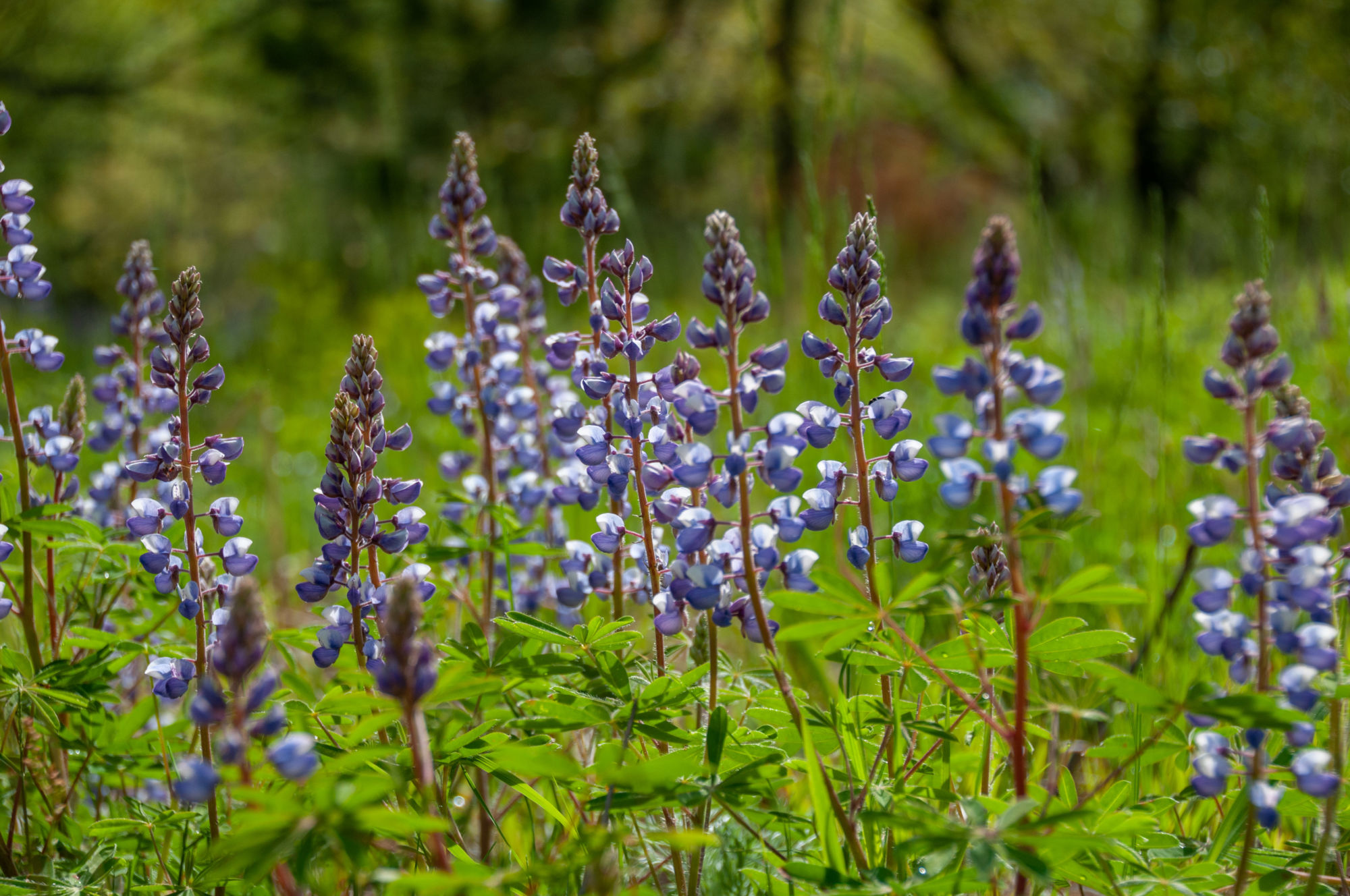Celebrating success in the prairie fen
In northeast Grand Rapids, Lamberton Lake serves as the headwaters of Lamberton Creek. A tributary of the creek flows out of Lamberton Lake into the Grand River. Where the creek meets the lake is a prairie fen.
Prairie fens are groundwater-fed wetlands with alkaline soils characterized by a variety of different vegetation zones. Amidst moisture-loving sedges, you can find prairie grasses like Indian grass and big bluestem. Asters, goldenrods, and blazing stars paint the scene with their vibrant blooms. Today, prairie fens are vulnerable to extirpation (or local extinction) in Michigan and thus in need of protection. Because they are rare, they are also host to rare and endangered plants and insects, such as the white lady’s slipper and Mitchell’s satyr butterfly.

Lamberton Lake Fen Nature Preserve
The Fall of the Fen
Lamberton Lake Fen was once part of a large, groundwater-fed complex of wetlands. Surveys from the 1800s show that the preserve was surrounded by a matrix of oak savanna and forest habitats, with openings maintained by periodic fire. Fires from the surrounding landscape would have spread into adjacent wetland areas, maintaining a variety of herbaceous wetland communities with shrub and tree cover that varied temporally and spatially. These conditions allowed for the prairie fen habitat to thrive.
Extensive development around Lamberton Lake during the 1960s, prior to the existence of legislation restricting the development of wetlands, significantly altered the natural flow of surface water across the landscape, impacting natural communities in several ways. Nearby roads altered the fen’s hydrology, and commercial and residential development added toxic fertilizers and herbicides. The changes made the fen drier, and the weakened ecosystem was overtaken by invasive glossy buckthorn and purple loosestrife.
A 1989 natural features survey by the Michigan Natural Features Inventory gave a bleak prognosis for the ecosystem, saying Lamberton Lake Fen would be best studied as a lesson in habitat degradation.
A Comeback Story
The land was donated to the Land Conservancy of West Michigan in 1995. A botanical inventory (conducted by Dave Warners, who is featured on page 6), showed that despite its degradation, the land was still host to rare and special species you can only find in a prairie fen.
Today, after decades of hard work by the Land Conservancy’s stewardship team and volunteers, the invasive species are under control, the fen’s natural hydrology has been restored, and we’ve re-introduced management by fire—all to revive a plant community that is now one of the most biodiverse among fens in the state.
This year, the Land Conservancy stands to complete the removal of glossy buckthorn from the fen area of the preserve.
“It is really exciting to see the change at Lamberton Lake Fen Nature Preserve,” said Conservation Director Justin Heslinga. “It is also humbling. No one on our current staff started this work. It’s the success of past Land Conservancy staff and hundreds, probably thousands, of volunteers who have worked over the past two decades to remove glossy buckthorn.”
Photos capture the change in the view at the preserve, and data supports the improvement in health.
A floristic quality assessment (FQA) measures an ecological community’s health by analyzing its plant life. The assessment produces a figure called a floristic quality index (FQI). A higher FQI value means a community’s plant life is very diverse and includes plants that are important to conserve. Communities with an FQI above 50 are considered “extremely rare and represent a significant component of Michigan’s biodiversity,” according to the Michigan Department of Natural Resources.
In 1995, Lamberton Lake Fen’s FQI was 45.5. Based on a 2024 botanical inventory, the prairie fen now has a native FQI value of 50.2. The increase in FQI value is almost entirely a result of the increased abundance of native species emerging from the seedbank where glossy buckthorn was removed.
“Lamberton Lake Fen has been particularly impressive to watch because that plant community was just waiting to come back,” Justin said. “You remove the buckthorn, and the change is almost instantaneous. You don’t often get that kind of instant gratification in this work.”
Having overseen the Land Conservancy’s stewardship of the fen for the last 11 years, Justin has also seen some of the hard-won, long-term improvements over time, from the effects of periodic fire to the return of rare, fen-specific plant species.
“It’s amazing to be able to witness those victories,” Justin said.
It takes many years of dedication to restore health to degraded landscapes, but Lamberton Lake Fen Nature Preserve’s story shows us what we can accomplish when we keep showing up. Downstream, Lamberton Creek and the Grand River enjoy higher water quality because this habitat is healthier.
This story was part of our Spring 2025 Newsletter. You can read the newsletter in its entirety here.
Would you like to receive print copies of our newsletter in the future? We mail annual supporters our newsletters twice a year. Donate to the Land Conservancy of West Michigan today, and you’ll be subscribed!




